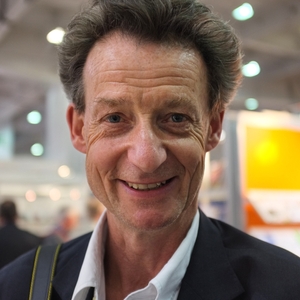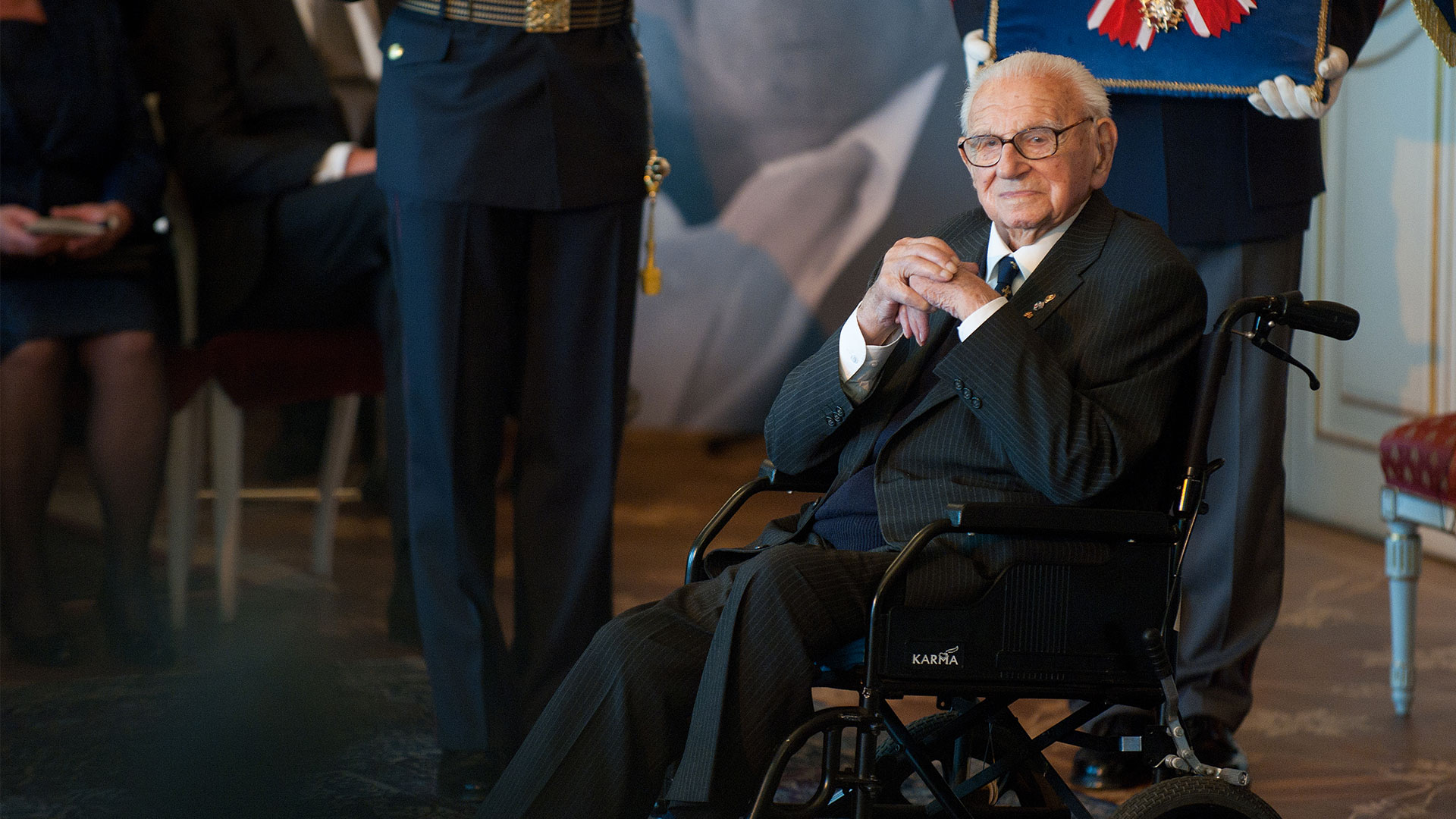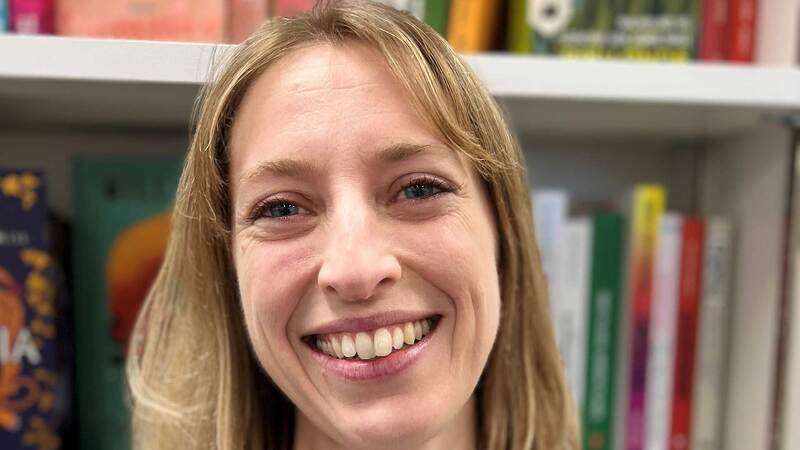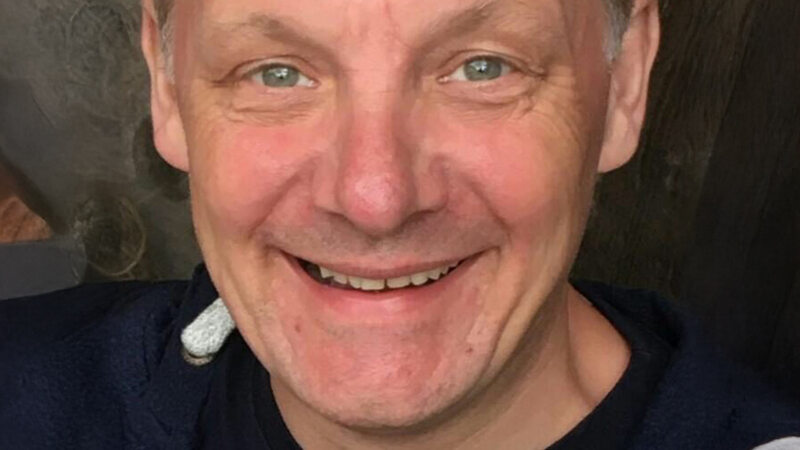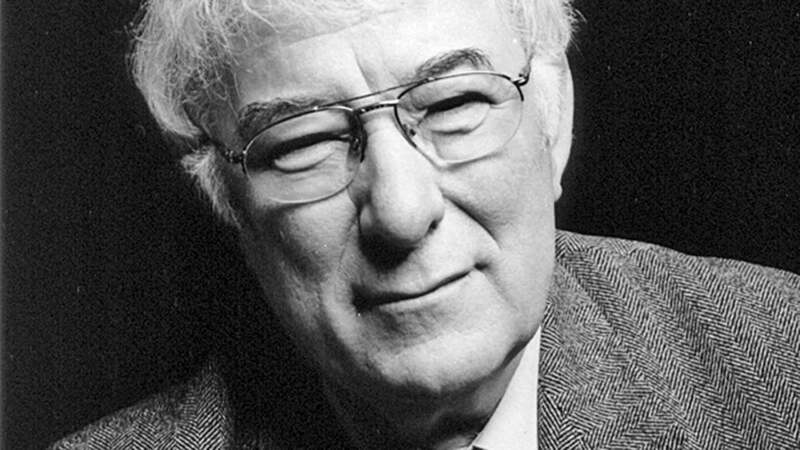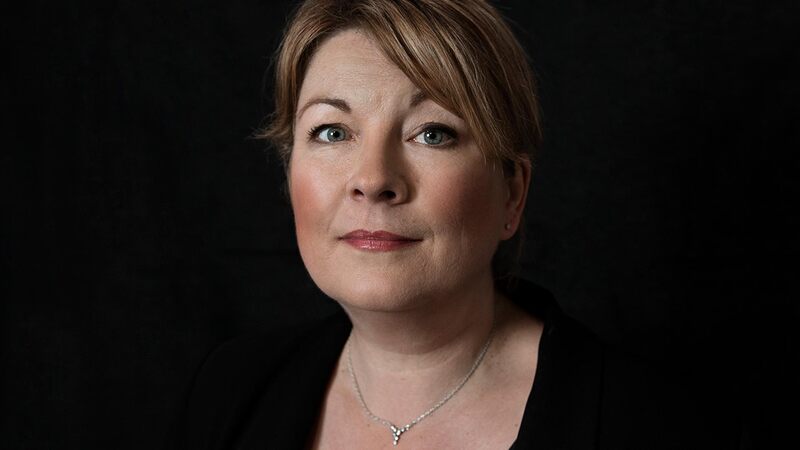You are viewing your 1 free article this month. Login to read more articles.
A piece of publishing history
New film ’One Life’ stirs memories of Robert Maxwell’s unique publishing house, Pergamon Press.
James Hawes’ new film "One Life", which tells the story of Sir Nicholas Winton and the first of the Kinder transports just before the Second World War, has much to interest publishing historians, particularly those who worked at scientific publisher Pergamon Press in the1970s and 1980s. But first a recap of the story.
When eastern Europe was fracturing under the Nazi threat, Winton, a quiet London stockbroker driven by a social conscience, and fellow volunteers in Prague, managed to arrange places for 669 mainly Jewish children on trains to the Hook of Holland, across to Harwich and on to Liverpool Street — where their arrival, and subsequent departure to new homes, is today recorded in two powerful statues.
One of Winton’s colleagues put together a scrapbook of what they achieved and gave it to Winton. It included the names and addresses of the children’s foster parents in the UK. Winton kept this scrapbook for many years until the impending arrival of his first grandchild forced him to have a clear out. He wanted to find someone who would find the historical details in the scrapbook interesting and in 1988 heard about Elisabeth Maxwell, a historian preparing a conference on the Holocaust to be held in Oxford that year.
That surname will ring a bell to some. Elisabeth’s husband was Robert Maxwell, owner and publisher of Mirror Group newspapers, he who would later raid the company’s pension funds and whose body would be found in 1991, floating in the Atlantic near his luxury yacht, off the coast of Tenerife.
The couple lived in style at Headington Hill Hall, an Italianate "Downton", just outside Oxford. Maxwell also owned Pergamon Press, whose offices were in converted stables and outbuildings in the grounds. After Maxwell installed security, including barbed wire fencing and video cameras in the trees, the publisher was allegedly dubbed "Purgatory Press".
In 1988, in one of the grand drawing rooms of this house, Winton showed the scrapbook to Elisabeth who was particularly excited to see the names and addresses of the foster parents.
After Maxwell installed security, including barbed wire fencing and video cameras in the trees, the publisher was allegedly dubbed ‘Purgatory Press’
Through both Elisabeth and Robert Maxwell, who wrote a piece for the Sunday Mirror telling the story, the book found its way to Esther Rantzen and the popular light entertainment programme "That’s Life". This in turn led to one of TV’s most celebrated moments. Rantzen’s team had got in touch with Vera Gissing, one of the children Winton rescued. Rantzen tells Gissing she is sitting next to the man who saved her life. Gissing turns to Winton and says “thank you, thank you” and hugs him, and Winton removes his glasses to wipe away the tears. It is a beautiful moment.
Maxwell contacted more of "Nicky’s children" – now adults of course – for the following week’s programme in which Rantzen says: “Can I ask, is there anyone in our audience tonight who owes their life to Nicholas Winton. If so, could you stand up please.” The first five rows all stand in another highly moving piece of television. This scene is repeated in "One Life", with some of the audience being the original refugees, or their descendants, playing themselves.
The agent Jonny Geller tweeted the clip ages ago. It is how I first saw it. Although it has been viewed 42 million times, if you ask around it is easy to find people who have not seen it and who don’t know the story. Which is why these films are made, and the books on which they are based are written. "One Life", which stars Sir Anthony Hopkins as Winton, is based on If it’s not Impossible, the book about her father written by his daughter Barbara and self-published by Troubadour Publishing in 2014. Hachette’s Robinson published it this month, to tie in with the film.
I had no idea about the Pergamon link or that Elizabeth Maxwell was a respected Holocaust historian, or for that matter that Robert Maxwell – himself a Czech refugee – had written the Winton Kinder transport story for the Sunday Mirror.
Publishing veteran Richard Charkin worked at Pergamon in the mid-70s and remembers the house well. “The publishing offices were in outbuildings in the grounds. It was all open plan and there were loudspeakers everywhere through which Maxwell would address us. "This is your chairman speaking…", that sort of thing. Elisabeth Maxwell, Betty, was a lovely woman and they caught her very well in the film.”
Pergamon published the papers for Betty Maxwell’s Remembering for the Future conference and Charkin says the scenes at the house were filmed at Headington Hill Hall. He adds: “I got to know Betty quite well later on, when she had a house close to my own in France. She put together a most amazing archive about her husband. What Maxwell did to the pension fund was inexcusable, but he was a brilliant publisher.”
Winton died in 2015 at the age of 106, and received a slew of honours, including an MBE and knighthood, and the Order of the White Lion, the Czech Republic’s highest honour. Esther Rantzen, who so movingly celebrated the saving of so many lives, is now publicly preparing for her own death and has joined Dignitas. Winton’s famous scrapbook now resides at Yad Vashem, the World Holocaust Centre in Jerusalem, and Pergamon staffers past and present – the publisher was sold to Elsevier in 1991 – can watch the film and wonder at the part their company played as a footnote to a moving piece of history.
